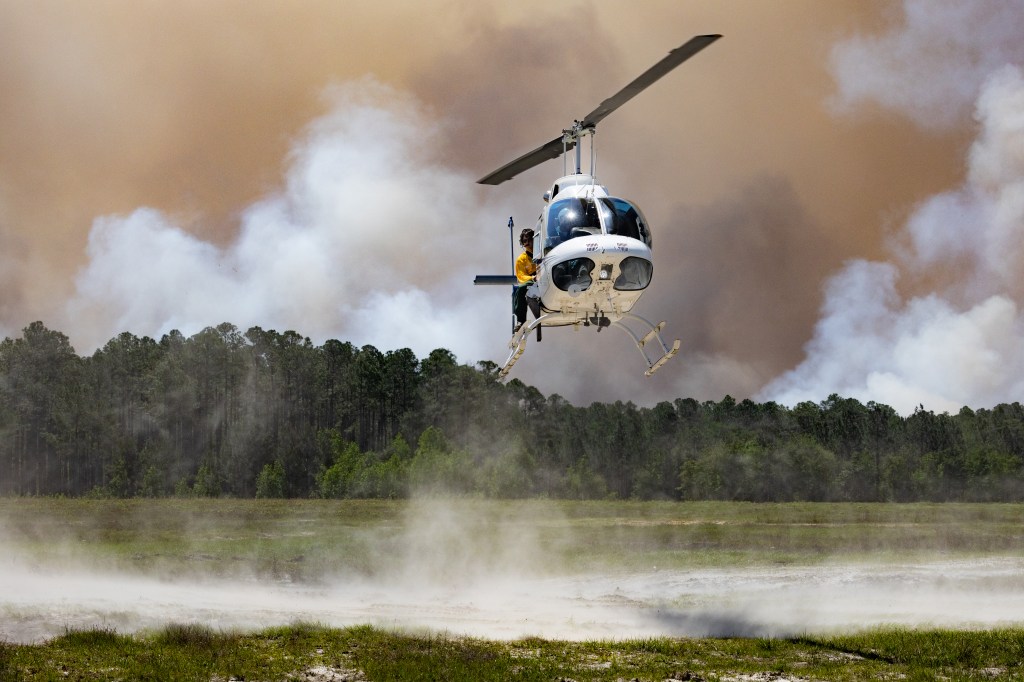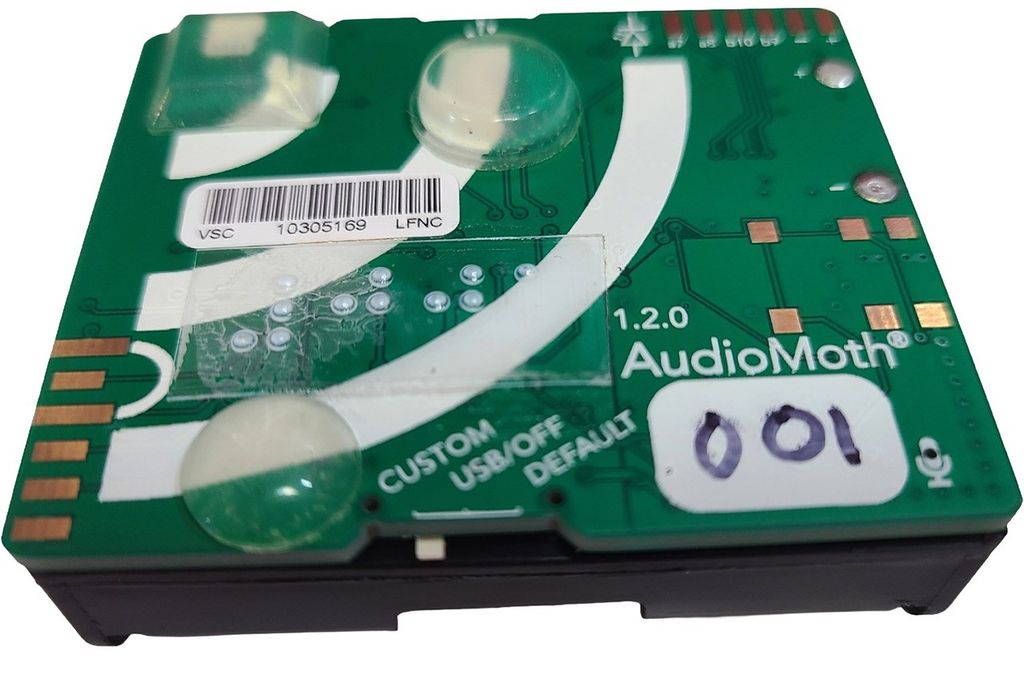Disturbance Reduction System
Space Technology 7 (ST-7) Disturbance Reduction System
Type
Launch
Target
Objective
What was the ST-7 Disturbance Reduction System?
The Space Technology 7 (ST-7) Disturbance Reduction System (DRS) flew aboard the European Space Agency's (ESA) LISA Pathfinder spacecraft, launched on Dec. 3, 2015. The spacecraft reached a gravitational balance point known as Earth-Sun L1, located about 930,000 miles from Earth in the direction toward the Sun, on January 22, 2016. This point was used to test technologies crucial for exploring the gravitational universe.
The ST-7 DRS consisted of clusters of micronewton thrusters and drag-free control software residing on a dedicated computer. The thruster system was managed by NASA's Jet Propulsion Laboratory in Southern California. It used the sensor information supplied by the LISA Technology Package (LTP), which was part of the LISA Pathfinder spacecraft.
The LPT was based on the concept of freely floating test masses contained within a spacecraft that shields the test masses from external forces. Ideally, the test masses follow a trajectory determined only by the local gravitational field. The spacecraft position had to be continuously adjusted to stay centered about the test masses. In this way, the spacecraft essentially flew in formation with the test masses, using sensor information from the LTP to control the thrusters and keep the test masses totally isolated from external forces.
ST-7 began as part of the old New Millennium Program (NMP) which provided a bridge for researchers and scientists to check out high-risk technologies and concepts in space, an environment that can't be replicated in Earth laboratories. Following NMP's objectives, Space Technology 7 flew the DRS to demonstrate that a solid body can float freely in space completely undisturbed.
The DRS-enhanced position measurement and control technologies will then be applied to follow-on missions well into the 21st century.






























